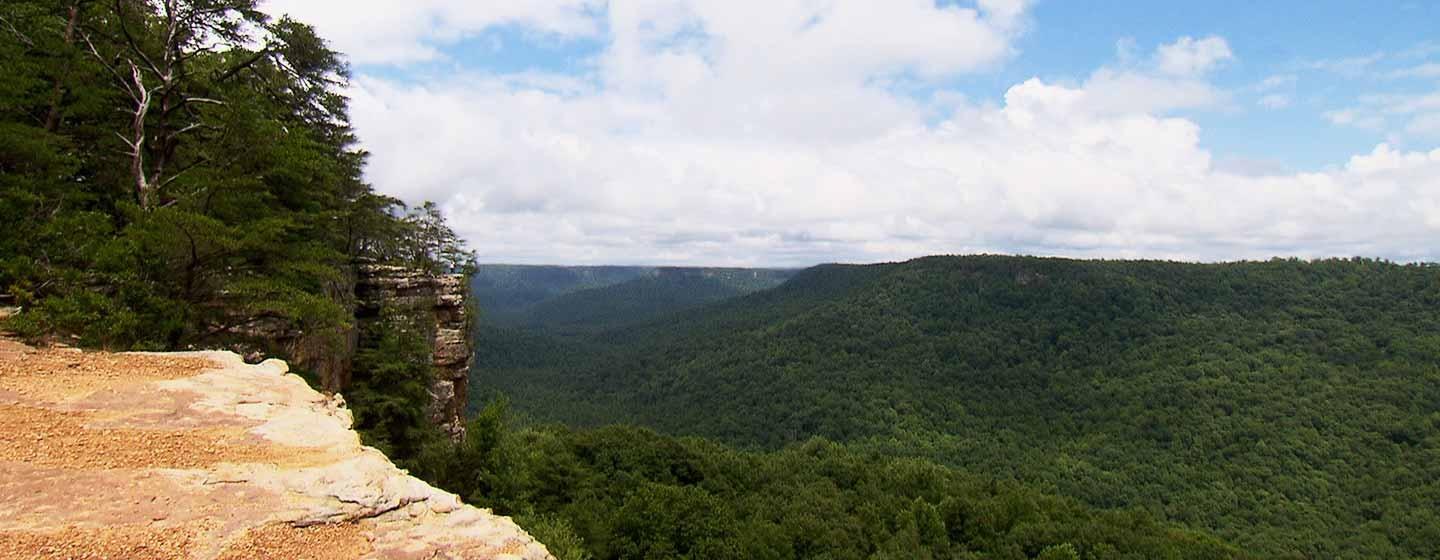
Showcase
Parks and Preservation
Tennessee's forests, mountains and rivers offer endless opportunities for nature enthusiasts, thrill seekers and work weary souls seeking a respite from their daily routine parks. They have the power to refresh our spirit, make us stronger, and remind us of how we came to be. They preserve not only natural wonders across our state, but also the history of this great land and the people who called it home. Protecting these treasured spaces is crucial to understanding who we are.
Beautiful Tennessee: Parks & Preservation, the third in our Beautiful Tennessee series, explores the majesty of Tennessee's parks, from sacred sites revered by ancient cultures for their beauty and mystery; to battlefields sanctified by those who fell fighting for their beliefs; to more recent additions facing the challenges of preservation in the new millennium. These lands are priceless gifts we owe not only to ourselves, but to generations to come.
Areas of Tennessee
Cumberland Trail
Upon completion, the Justin P. Wilson Cumberland Trail State Park -- the state's only linear park -- will be 300 miles, cutting through 11 Tennessee counties from the Cumberland Gap National Historic Park on the Tennessee-Virginia-Kentucky border, to the Signal Point near Chattanooga. The Cumberland Trail wanders among the remnants of the Cumberland Mountains that once rose as high as the Rockies. The trail represented a barrier to all who dared push through storied gaps westward onto and over the Cumberland plateau. It now provides a linkage north to south, forming natural connections and opportunities for scenic vistas and curious geological formations.
More Information
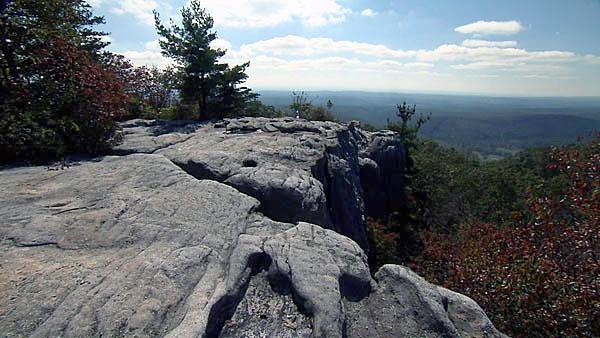
Black Mountain
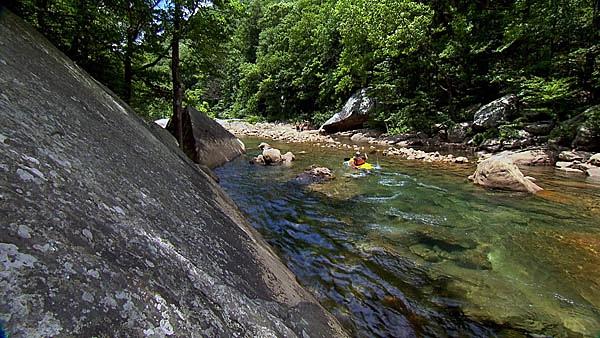
North Chickamauga Creek
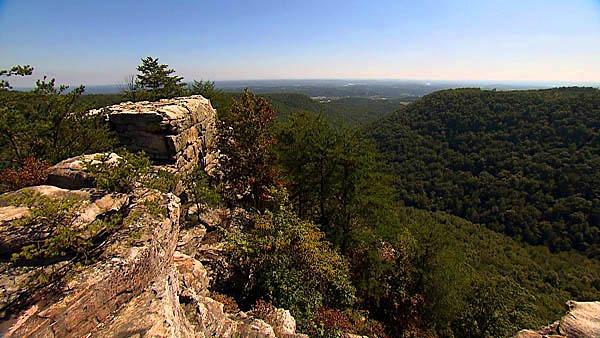
Buzzard Point

Flowers at Frozen Head
Dunbar Cave State Park
Dunbar Cave is the most prominent of several caves located in this designated natural area near Clarksville. Although the cave has been popular for centuries, Native American Drawings have only recently been discovered on its walls. In the roomy mouth of the cave, square dances, radio shows, and big band era concerts were once held.
More Information
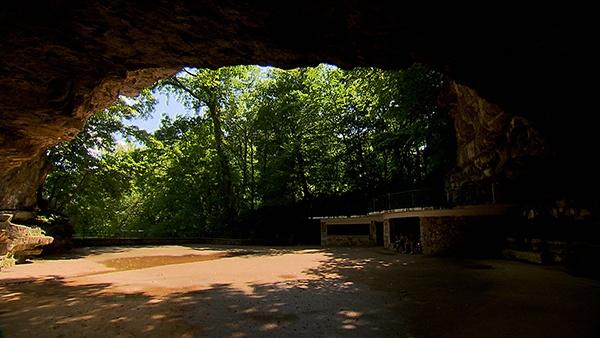
Cave Entrance
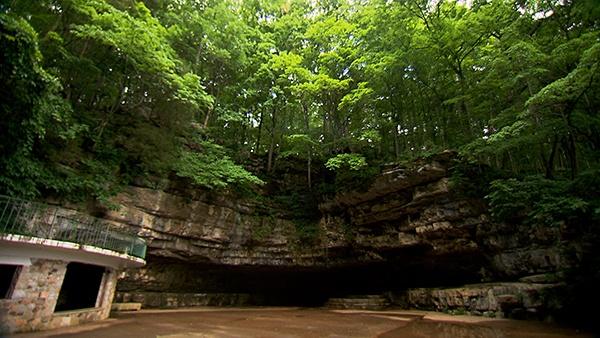
Dunbar Cave

Formation
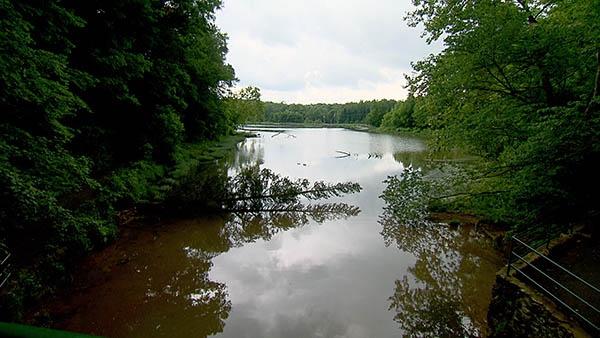
Swan Lake
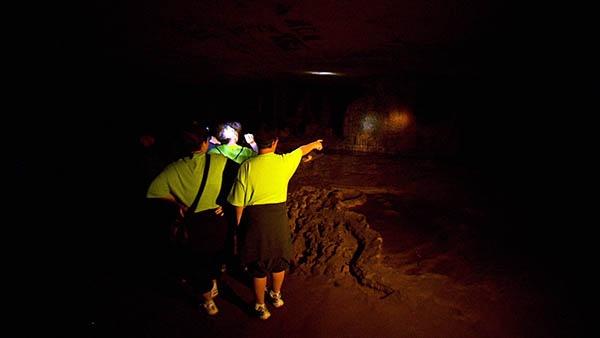
Cave Tour
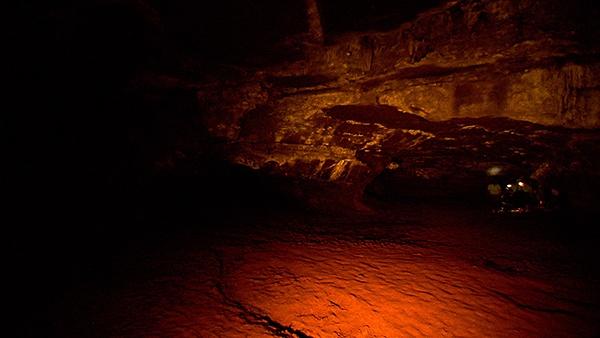
Dunbar Cave Underworld
Fort Donelson National Battlefield
The battle of Fort Donelson took place on February 14th and 15th, 1862. It featured one of the earliest uses of ironclad gunboats. While Confederate cannon beat back the gunboat assault, Union troops under the command of General Ulysses S. Grant surrounded the fort, forcing the rebels to surrender. Grant earned his nickname “Unconditional Surrender” at Fort Donelson.
More Information

Fort Donelson Cannon
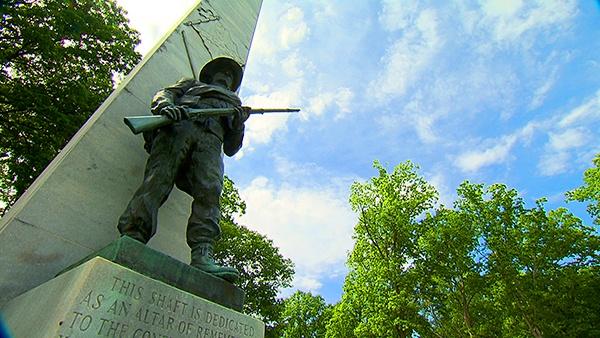
Fort Donelson Monument
Fort Loudoun State Park
This 1,200-acre site is the location of one of the earliest British fortifications on the western frontier, built in 1756. Nearby were the principal towns of the Cherokee Nation including Tenase, namesake of our state, and Tuskegee, birthplace of the genius Sequoyah, commemorated by the Cherokee Nation's Museum. Today the fort and the 1794 Tellico Blockhouse overlook TVA's Tellico Reservoir and the Appalachian Mountains.
More Information
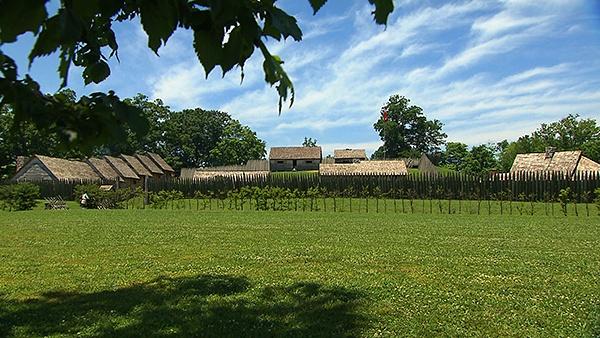
Fort Loudoun
Old Stone Fort State Archaeological Park
This State Archaeological Park is dedicated to the preservation, protection, study and interpretation to the public of this significant survival of ancient culture. The park offers educational and entertaining programs, which increase understanding of the Old Stone Fort, archaeology, and Native American cultures. The museum includes exhibits that orientate the visitor to the Old Stone Fort and its setting, the hilltop enclosure mound site’s broader significance and the culture of its builders.
More Information
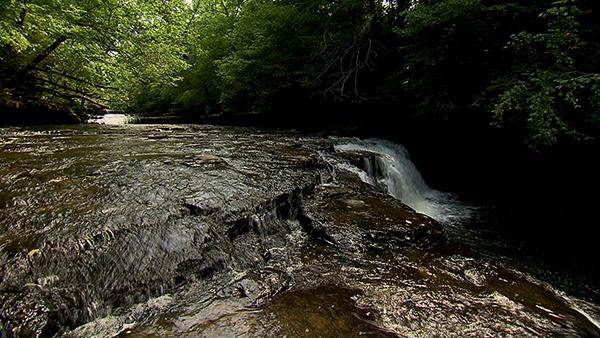
Old Stone Fort
Pinson Mounds State Archaeological Park
Pinson Mounds protects the prehistoric remains found there. The park consists of at least 15 earthen mounds, a geometic enclosure, habitation areas and related earthworks in an area that incorporates almost 1,200 acres. Pinson Mounds is a national historic Landmark and is listed on the National Register of Historic Places.
More Information
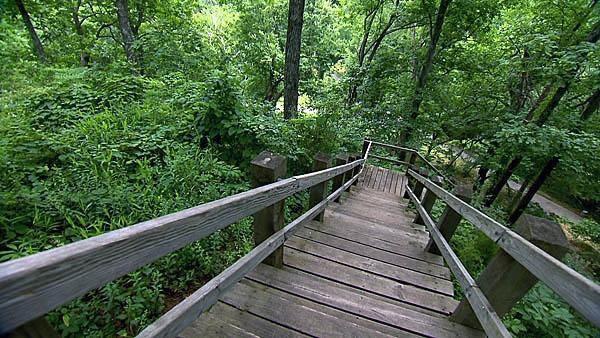
Mound Stairway
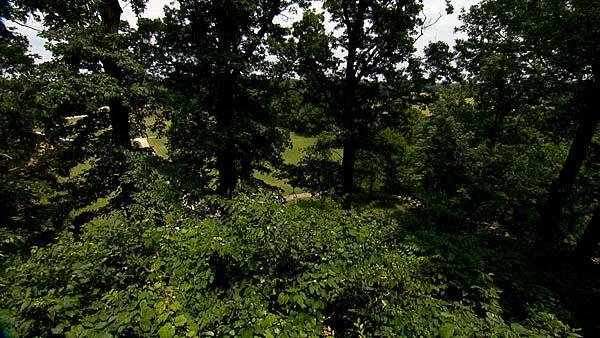
View From Saul's Mound
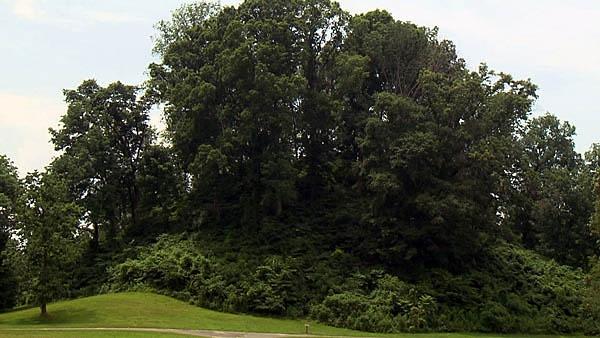
Saul's Mound
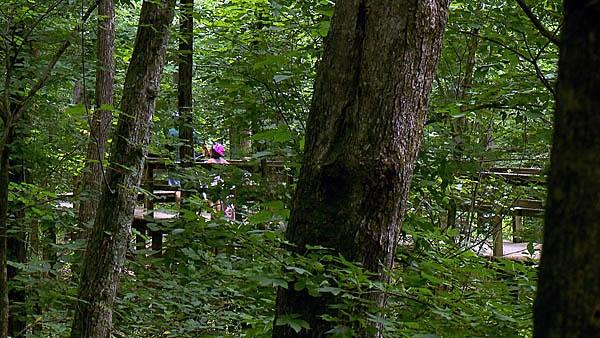
Wooden Walkway
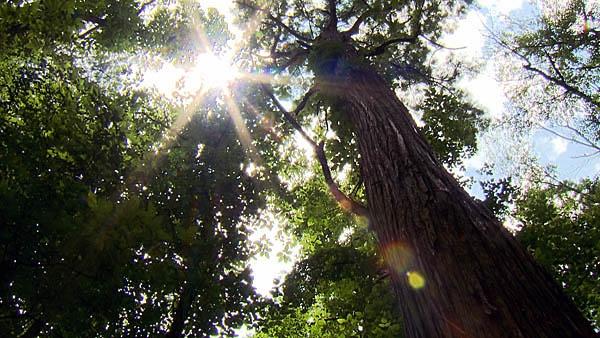
Sunshine Through the Canopy
Shiloh National Military Park
Congress established Shiloh National Military Park on December 27, 1894 to commemorate the April 6-7, 1862 battle that raged around Shiloh Church and Pittsburg Landing. Producing more than 23,000 casualties, the battle was the largest engagement in the Mississippi Valley campaign during the Civil War. Originally under the War Department, Shiloh National Military Park was transferred to the National Park Service in the Department of the Interior in 1933.
More Information
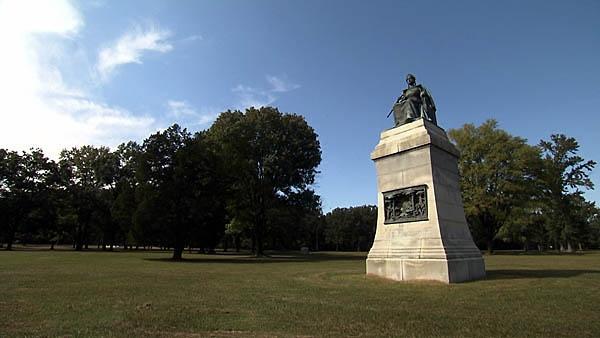
Illinois Monument
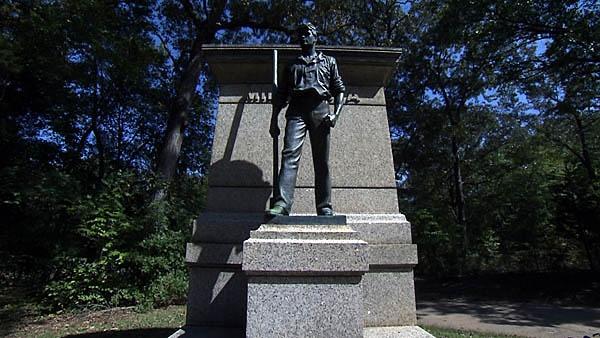
Minnesota Monument
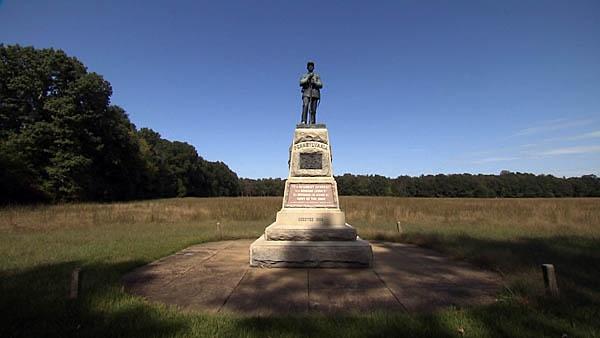
Pennsylvania Monument
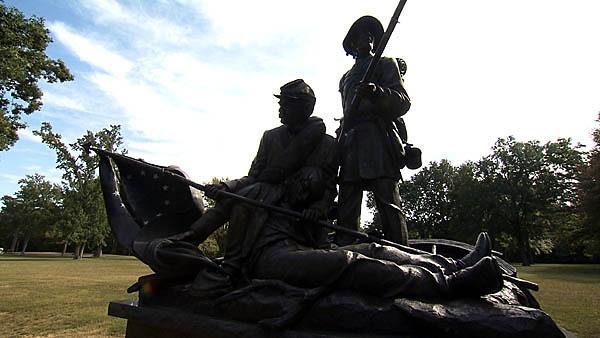
Tennessee Monument

Shiloh
South Cumberland State Park
As big as it is beautiful, South Cumberland is one of the newer Tennessee State Parks. Almost all of the park lies atop the Cumberland Plateau and, unlike most state parks, is made up of ten different areas located in four different counties. The Visitor Center is located between Monteagle and Tracy City on Highway 41.
More Information

Foster Falls
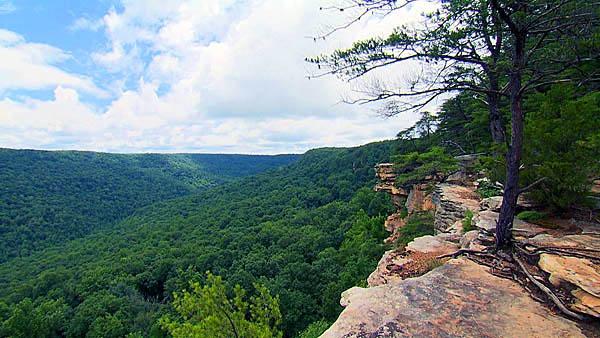
Stone Door

Natural Bridge
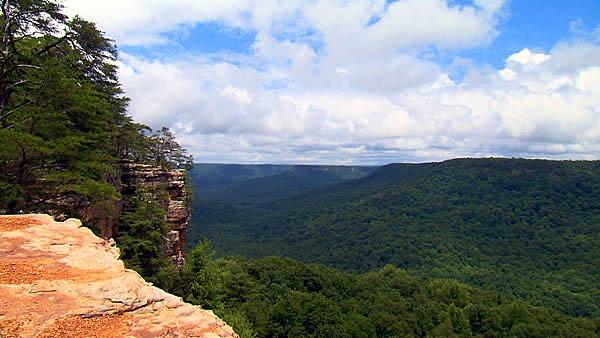
South Cumberland
Stones River National Battlefield
The Battle of Stones River began on the last day of 1862 and was one of the bloodiest conflicts of the Civil War. Union forces under the command of General William S. Rosecrans, marched from Nashville to engage General Braxton Bragg and his Army of Tennessee in Murfreesboro. After Union artillery stopped a Confederate advance on the second day of the battle, Bragg retreated, leaving Rosecrans victorious. More than one-quarter of the 80,000 soldiers involved were killed or wounded.
More Information

Stones River Canon
Production Credits
Ed Jones
Producer / Writer / Editor
Ed Bruce
Narrator
Jim DeMarco
Matt Emigh
John Pratt
Ed Jones
Videographers
Joe DelMerico
Original Music
Kevin Crane
Executive Producer
